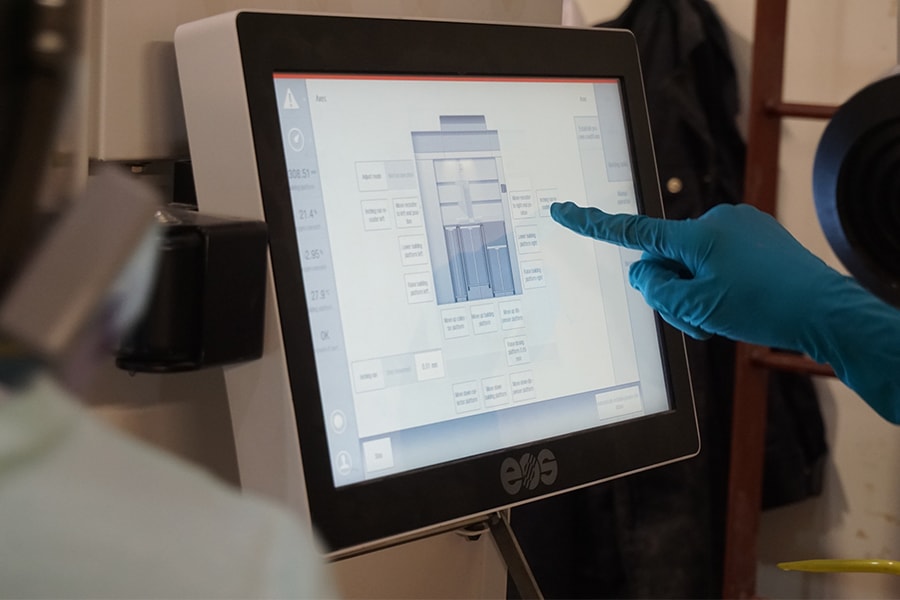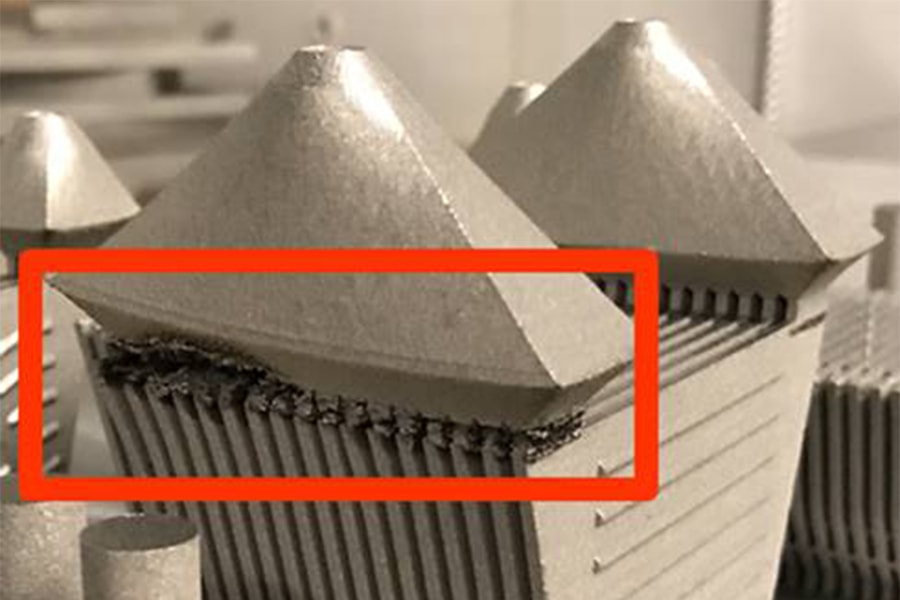
Student Looks to Machine Vision To Optimize 3-D Printing
Carnegie Mellon University doctoral candidate Luke Scime is working at the intersection of mechanical engineering and computer science to optimize the process of metal 3-D printing.
3-D printing, also known as additive manufacturing, uses a layer-by-layer manufacturing process to print objects out of metal, plastic and other materials. The technology has the potential to make stronger, lighter and more customized products than traditional manufacturing.
Researchers, like Scime, are working to better understand and perfect the process.
Scime, who is in the Department of Mechanical Engineering, studies metal laser powder bed fusion, a process in which a machine spreads a layer of metal powder that is a fraction of a millimeter thick. Next, a laser beam melts the metal powder into a cross-section of the object being built. The machine repeats this process until the object is complete.
Scime is analyzing how problems can occur in the process by taking images as the machine spreads each layer. He uses machine-learning techniques to teach the computer to recognize what flaws look like. Then, the computer aggregates those images and begins to mark areas where a problem may be occurring.

An image shows what a printed part looked like, with flaws highlighted.
"Computer science offers opportunities to solve problems that we're finding in our work with additive manufacturing, problems that we don't otherwise have a way to solve," said Scime, who received his bachelor's degree in mechanical engineering from the University of Florida. "At every stage of my life, as I've pursued mechanical engineering I somehow always find myself incorporating computer science concepts into traditional engineering."
Though small, these flaws take a number of forms. "Recoater hopping" occurs when the recoater blade lightly impacts the part and "recoater streaking" happens when the blade itself is nicked or damaged. There also can be debris lying on the powder bed, parts may start to warp or deform from heat stress or items can be damaged when the machine does not spread enough powder for a layer. Scime's machine vision techniques pose a solution to help identify these issues underlying the process.
The end goal is for the machine to recognize an issue and then correct it right away.
"If you know where the problem is happening in real time, you can see the area flagged on the images and be able to either fix it or at least stop it, so you're not wasting time and material," Scime said.
Scime works in Mechanical Engineering Professor Jack Beuth's lab, which focuses on expanding process space, such as modifying how much power and speed to give a laser beam and identifying what effects those changing parameters have on a part. Beuth is co-director of the NextManufacturing Center.
"I've always loved the City of Pittsburgh," Scime said. "So when I learned how heavily Carnegie Mellon was investing in Additive Manufacturing, I jumped at the opportunity to come here."